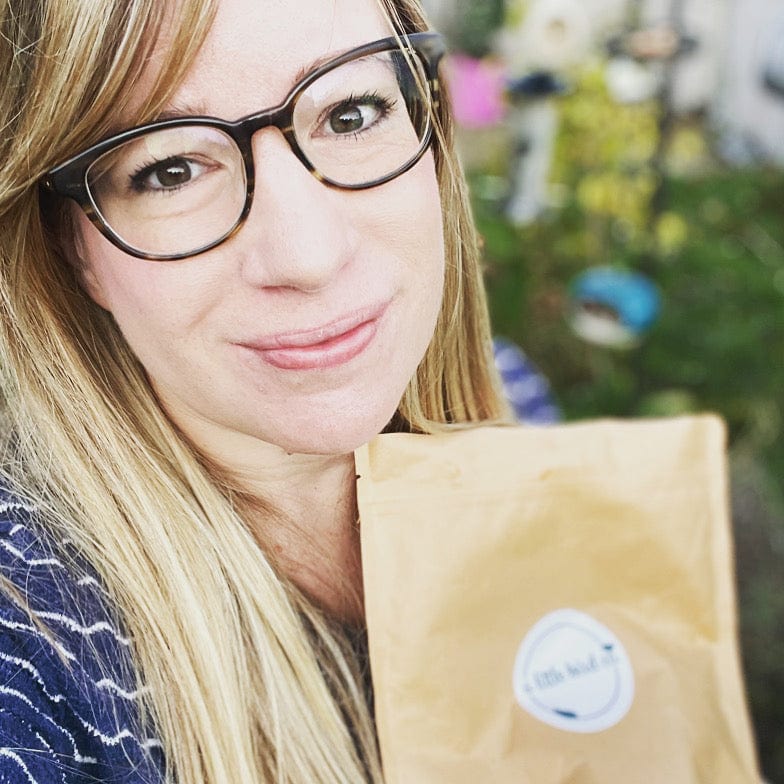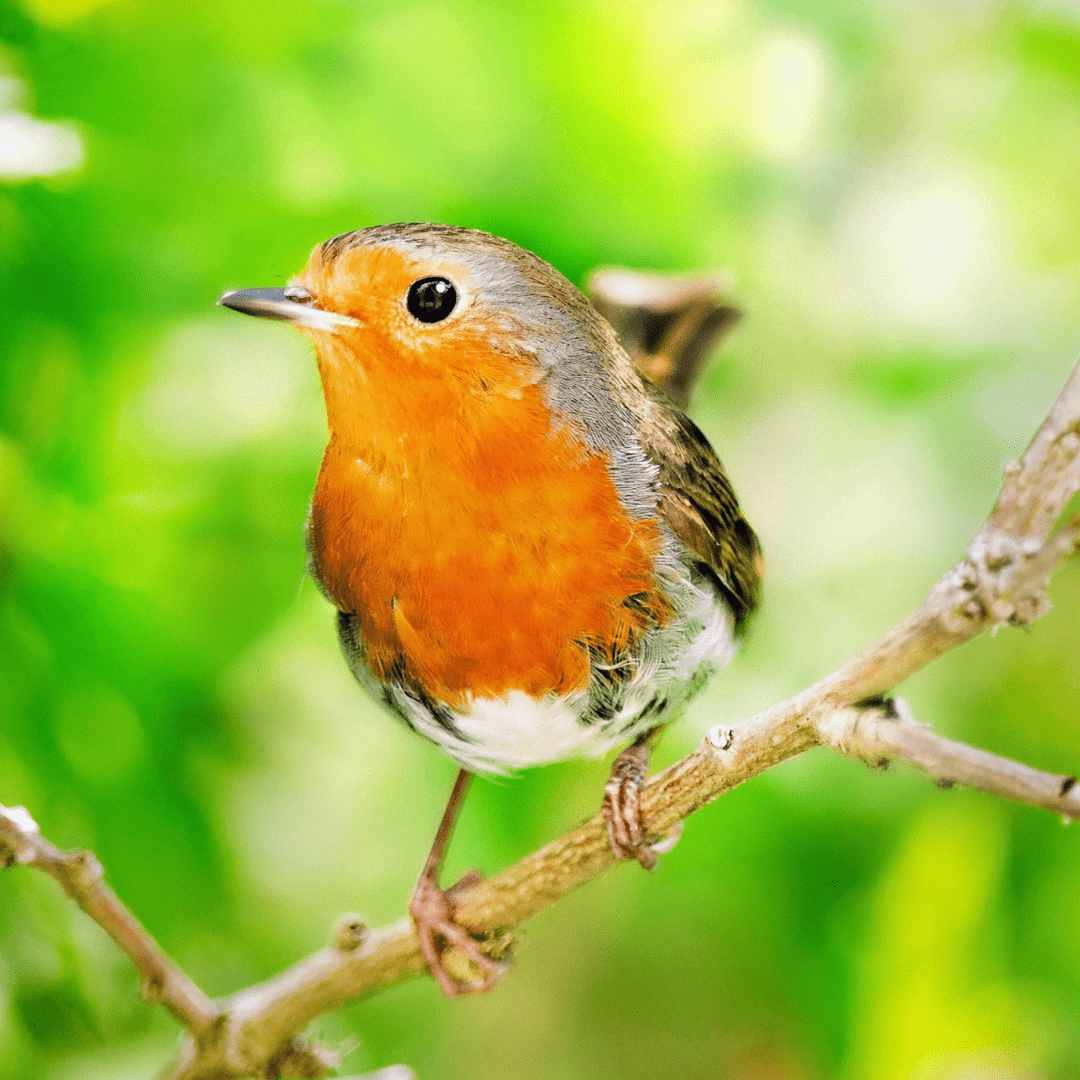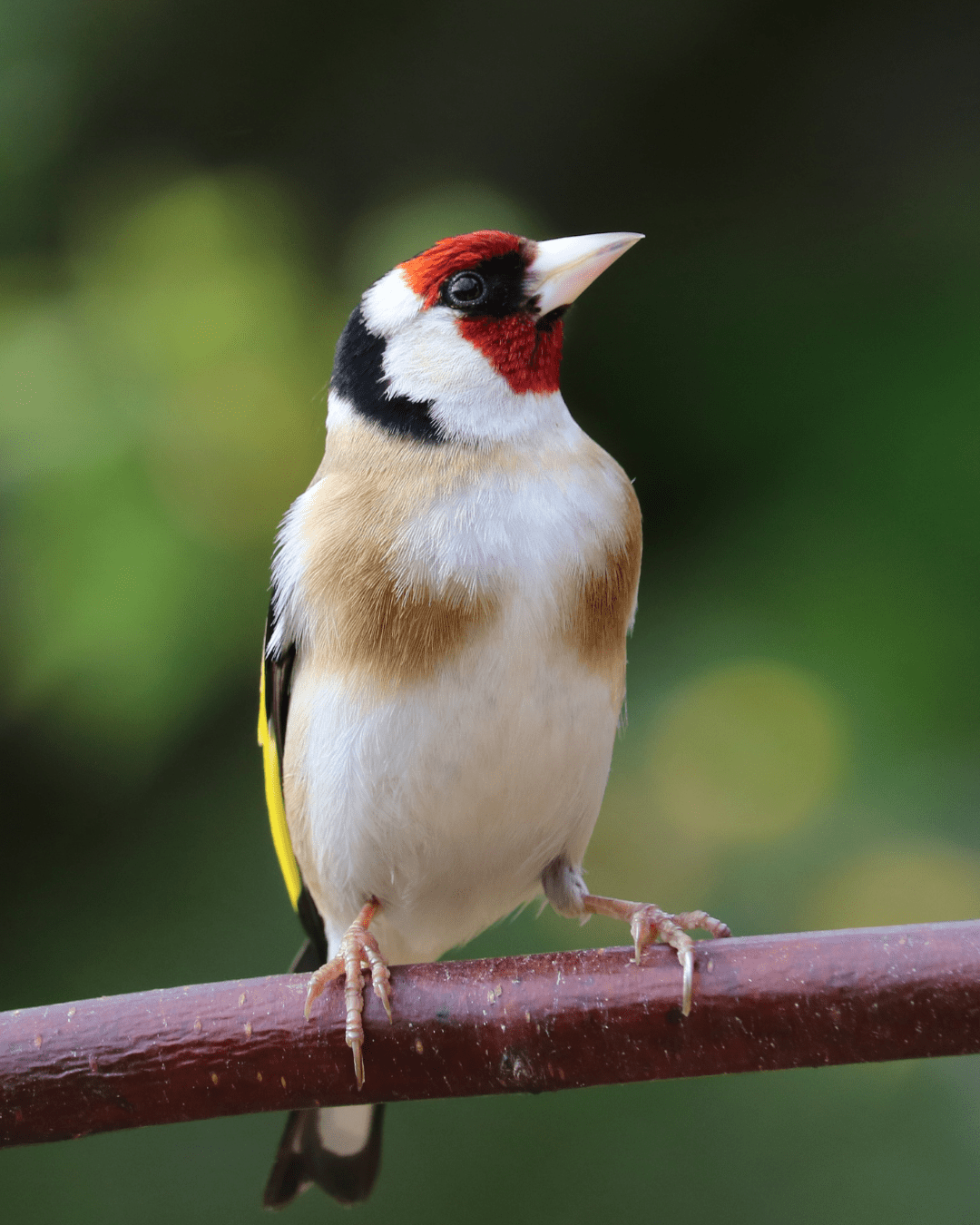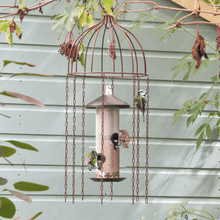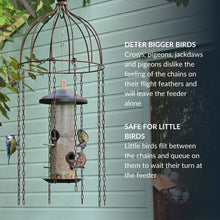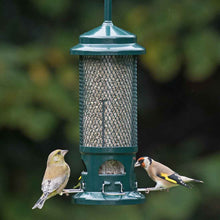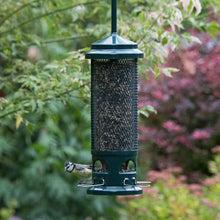A Birdwatcher’s Guide to the Blackcap
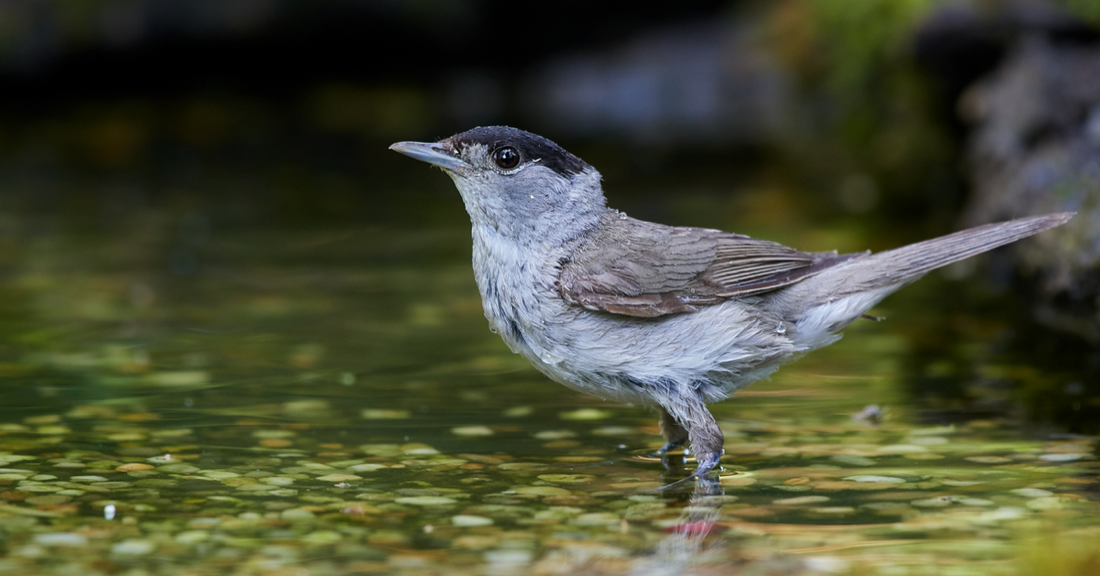
Blackcaps are charming little birds with a beautiful, fluting song and belong to the warbler family. Once seen only in summer, they are now year-round residents in parts of the UK, joined by a growing population of winter visitors from central Europe who make the most of our relatively mild climate and well-stocked bird feeders. They’re particularly fond of suet and mealworms, and once a blackcap discovers a reliable bird table, it will often become a regular guest, returning day after day with remarkable loyalty. The male is easy to identify thanks to the neat black cap that gives the species its name, while the female and young birds have a chestnut-brown crown that offers better camouflage in the undergrowth. Our summer migrants arrive from North Africa and the Middle East from around mid-March and make their homes in shady woodland, tangled hedgerows, brambles, and mature gardens. Despite their sweet song, blackcaps can be surprisingly feisty, especially during the breeding season – both males and females are territorial and will defend feeding spots and nesting areas from other birds with an impressive show of aggression and loud bursts of song.
The male builds a number of starter nests to tempt potential mates, who will choose their preferred one and line it with roots and soft grasses. From May to July, the pair may raise up to two broods of four to five pale, speckled eggs, taking turns to incubate them for around 11 to 13 days. The chicks fledge before they’re able to fly, scrabbling about in the undergrowth while their parents keep them fed with caterpillars and, later in the season, beetles and other protein-rich insects. Nests are incredibly fragile – loose cups of fine twigs, usually nestled in brambles – and can be very vulnerable to predators such as cats, magpies and jays. Blackcaps are mostly monogamous and often return to the same nesting sites each year. With over 1.7 million territories recorded, they’re on the green list in the UK, which means they’re not currently under threat. The collective noun for blackcaps is a confusion, and they’ve also been referred to in older texts as nettlecreepers or blackbonnets. In Cyprus, they were once hunted in large numbers and served as a delicacy, often trapped illegally with limesticks and mistnets – a practice that is now banned, though it sadly still persists in some areas. According to Cypriot folklore, migrating blackcaps are carried in on the backs of storks each year, a poetic image for such a sprightly, secretive bird.
Ready to deepen your connection with the birds in your garden? Discover more about your feathered friends and how to attract them to your space with Amidst the Birdsong: A Garden Birdwatcher's Journal. This beautifully crafted journal is the perfect companion for anyone looking to observe and learn about the birds visiting their garden. Start your birdwatching journey today – click here to learn more.

